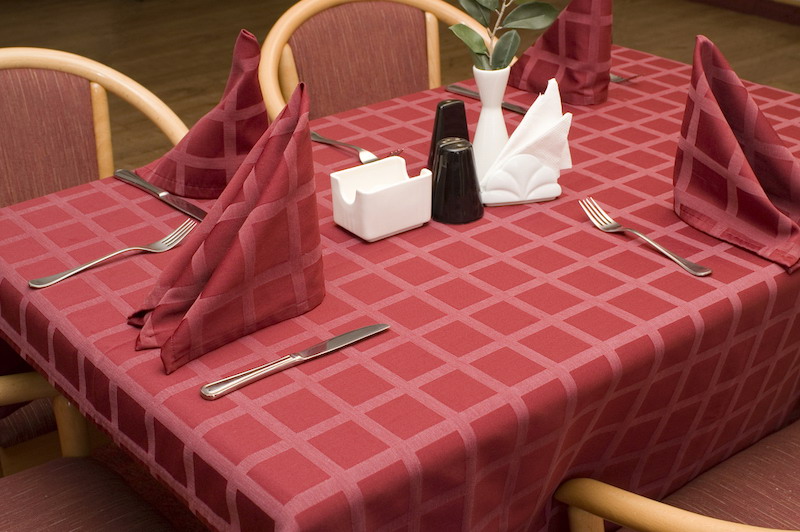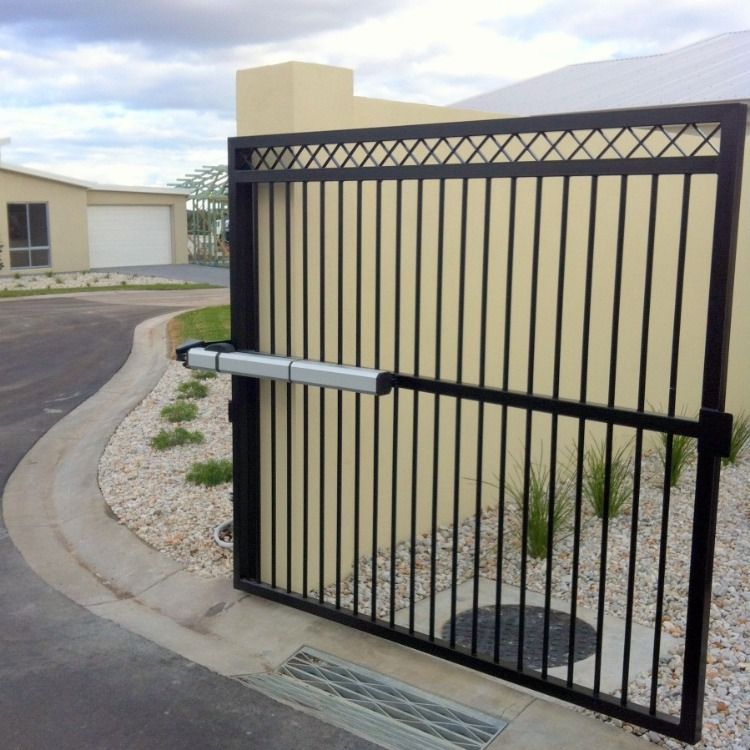Whether you are the primary administrator of a healthcare facility or you run a local restaurant, linens are something you have to pay attention to. Why? Because linen loss is a very real problem. According to the TRSA, linen loss costs hospitals in excess of $840 million per year. That says nothing of hotels, restaurants, auto shops, and every other kind of business that utilizes linens.
Linen loss occurs for a lot of different reasons. It can occur in any environment, too. If it is a problem for your business, rest assured it is costing money you cannot afford to lose. So how do you prevent linen loss? Keep reading to find out.
Confront It Honestly
The first step is to confront it honestly. Regardless of the kind of business you run, be willing to accept the fact that linen loss might be occurring. At least be willing to look at your tracking procedures, your laundry procedures, etc. in an effort to uncover potential problems.
Just like dealing with an illness, you have to be willing to admit that linen loss exists before you can do something about it. So have your company complete a thorough audit on everything related to linens, then be willing to honestly look at the results. If it looks like linen loss is occurring, do something about it.
Uncover the Sources of Loss
Once an audit reveals that linen loss is occurring, the next step is to find out where and how it is occurring. As previously stated, linens disappear in lots of different ways. The top three sources of linen loss are:
- Customers/Patients – Unfortunately, the people who use your linens might be helping themselves to them. Restaurant patrons may like your napkins enough to put them in their pockets. Hospital patients might be helping themselves to bed linens, towels, etc.
- Employee Theft – Your employees might be the source of your linen losses well. They might be helping themselves to uniforms, kitchen linens, etc.
- Inadvertent Disposal – Another problem is the inadvertent disposal. Check to see if tablecloths and napkins are winding up in the trash can. In a hotel or medical facility, check with housekeeping. Perhaps housekeepers are inadvertently throwing out linens they believe are contaminated.
Sometimes an audit points to willful conduct among those responsible for linen loss. Other times it points to ignorance or misunderstanding. Either way, you have to identify the sources of linen loss before you can address them.
Establish Mitigation Procedures
Last but not least is establishing loss mitigation procedures. According to Alsco, mitigation should be fairly straightforward once sources are identified. Organizations can implement tracking procedures, laundry procedures, and other means of following linens throughout the system.
For some organizations, linen rental can help a great deal. That is because a good linen rental company keeps track of its own inventory so as to better serve customers. They can help identify when linen loss is occurring simply by keeping track of all pieces coming in and going out.
Hotels and hospitals might find mitigation as easy as requiring linens to be checked in and out by staff. Restaurants can adopt a strategy of counting items at the start and close of every shift. Companies providing employee uniforms can create a central location for storing all clean and soiled uniforms not currently in use.
Linen loss is a very real problem that costs hundreds of millions of dollars. It is a problem that cannot be solved unless organizations are willing to confront it head-on.



